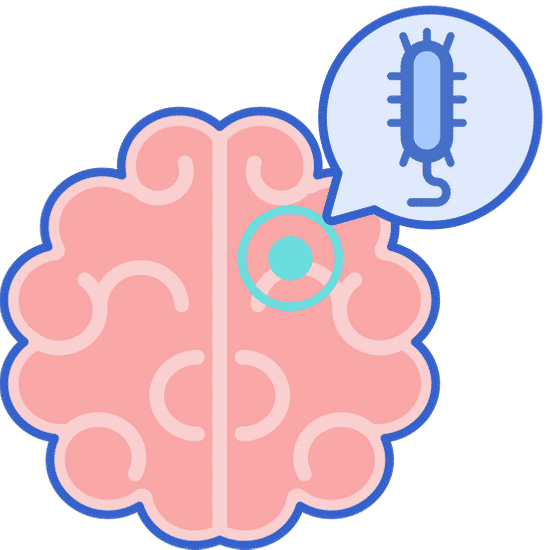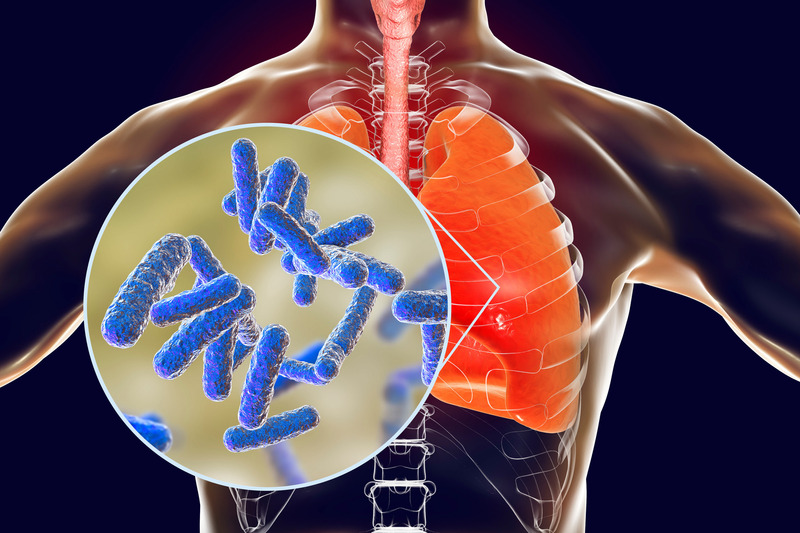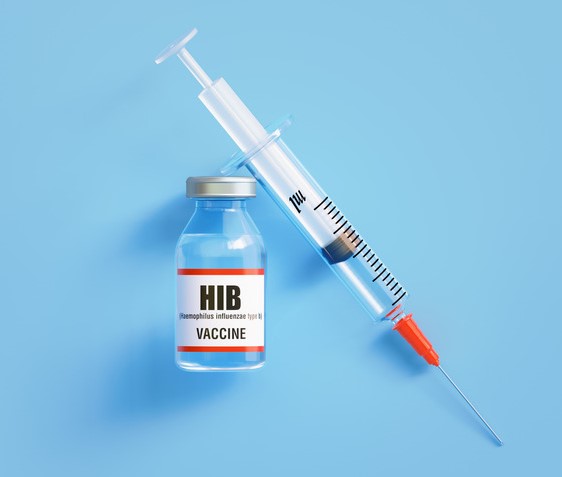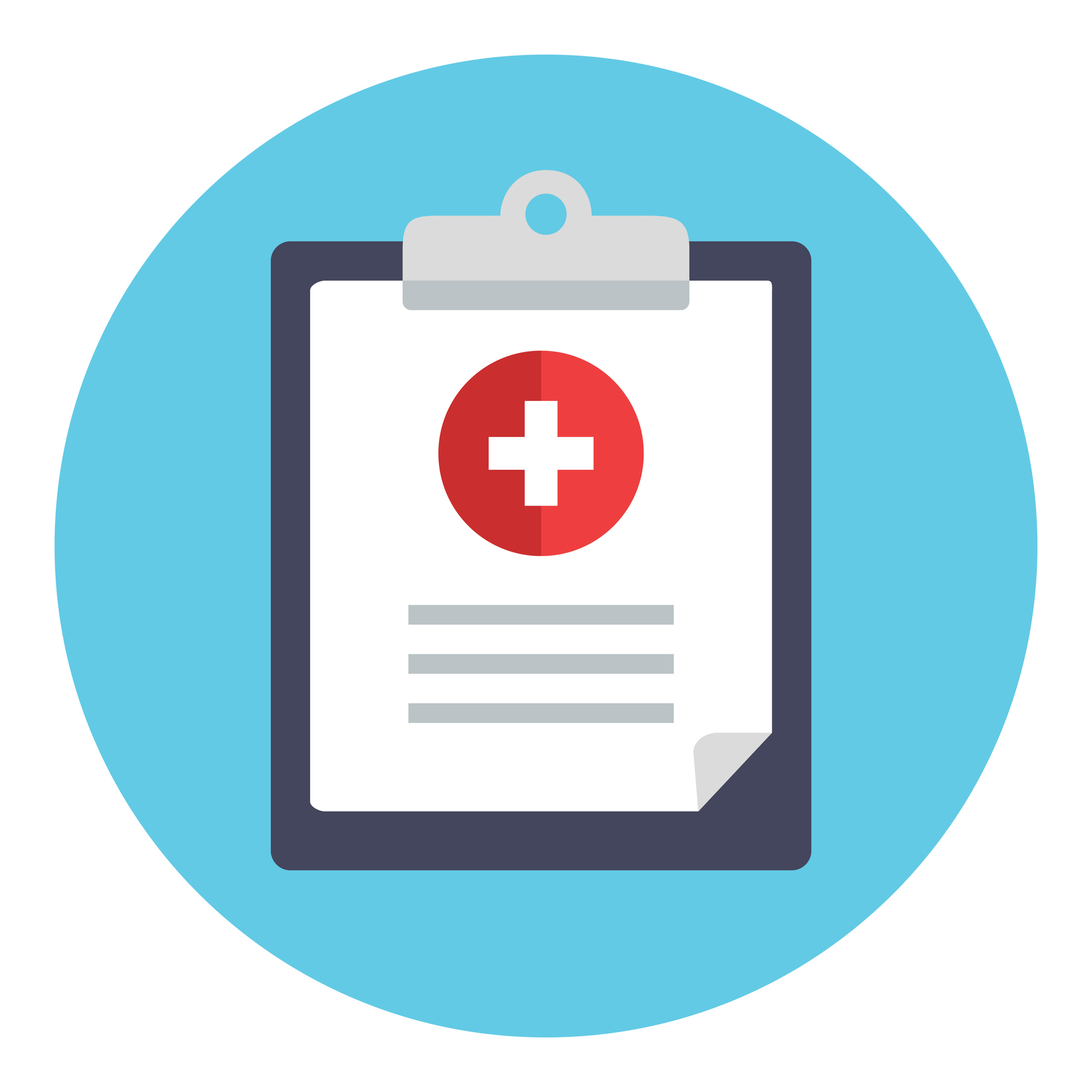CDC recommends routine administration of a conjugate Hib vaccine series beginning at age 2 months. Infants 2 through 6 months of age should receive a primary series of one of the following vaccines:
- A 3-dose primary series of ActHIB®, Hiberix®, Pentacel®, or Vaxelis™
- A 2-dose primary series of PedvaxHIB®
The first dose can be administered as early as age 6 weeks.
Administer a booster dose of ActHIB®, Hiberix®, Pentacel®, or PedvaxHIB® at aged 12 through 15 months.
Catch -up vaccination guidance for Hib vaccination for children aged 4 months through 4 years of age when using PedvaxHib can be found here. Additional catch-up guidance for other Hib vaccines is available here.
Young American Indian and Alaska Native children have a 31-fold higher incidence of invasive Hib disease than non-Native children. Vaxelis and PedvaxHib are preferred for use in American Indian and Alaskan Native infants based on the Hib component because these vaccines provide protective antibody response after the first dose.
Hib vaccine is not recommended for most people 5 years of age or older unless they:
- Have certain medical conditions and are unvaccinated
- Receive a bone marrow transplant
Single antigen Hib vaccines (PedvaxHB, ActHib, and Hiberix) can be given to older children and adults who need Hib vaccination.
Hib vaccines are highly effective in producing immunity to Hib bacteria. More than 95% of infants develop protective antibody levels after receiving a primary series of 2 or 3 doses of Hib vaccine.
Trade Name |
Manufacturer |
Components |
Primary series |
Booster dose |
PedvaxHIB** |
Merck |
Hib |
2, 4 mos |
12 - 15 mos |
ActHIB |
Sanofi Pasteur |
Hib |
2, 4, 6 mos |
12 - 15 mos |
Hiberix |
GlaxoSmithKline |
Hib |
2, 4, 6 mos |
12–15 mos† |
Pentacel |
Sanofi Pasteur |
DTaP/IPV + Hib |
2, 4, 6 mos |
12–15 mos* |
Vaxelis** |
Sanofi Pasteur |
DTaP-IPV - Hib – Hep B |
2, 4, 6 mos§ |
Not recommended for the booster dose |
*The recommended age for dose 4 of DTaP-IPV/Hib (Pentacel) is age 15 through 18 months, but it can be administered as early as 12 months, provided at least 6 months have elapsed since dose 3.
†The recommended age for dose 4 of Hib (PRP-T) (Hiberix) is age 15 months, but to facilitate timely booster vaccination, it may be administered as early as age 12 months.
§The recommended minimum age for dose 3 of DTaP-IPV-Hib-HepB (Vaxelis) is 24 weeks, the minimum age for completion of the hepatitis B vaccine series.
** Vaxelis and PedvaxHIb arethe preferred for American Indian and Alaska Native infants for the Hib component.







